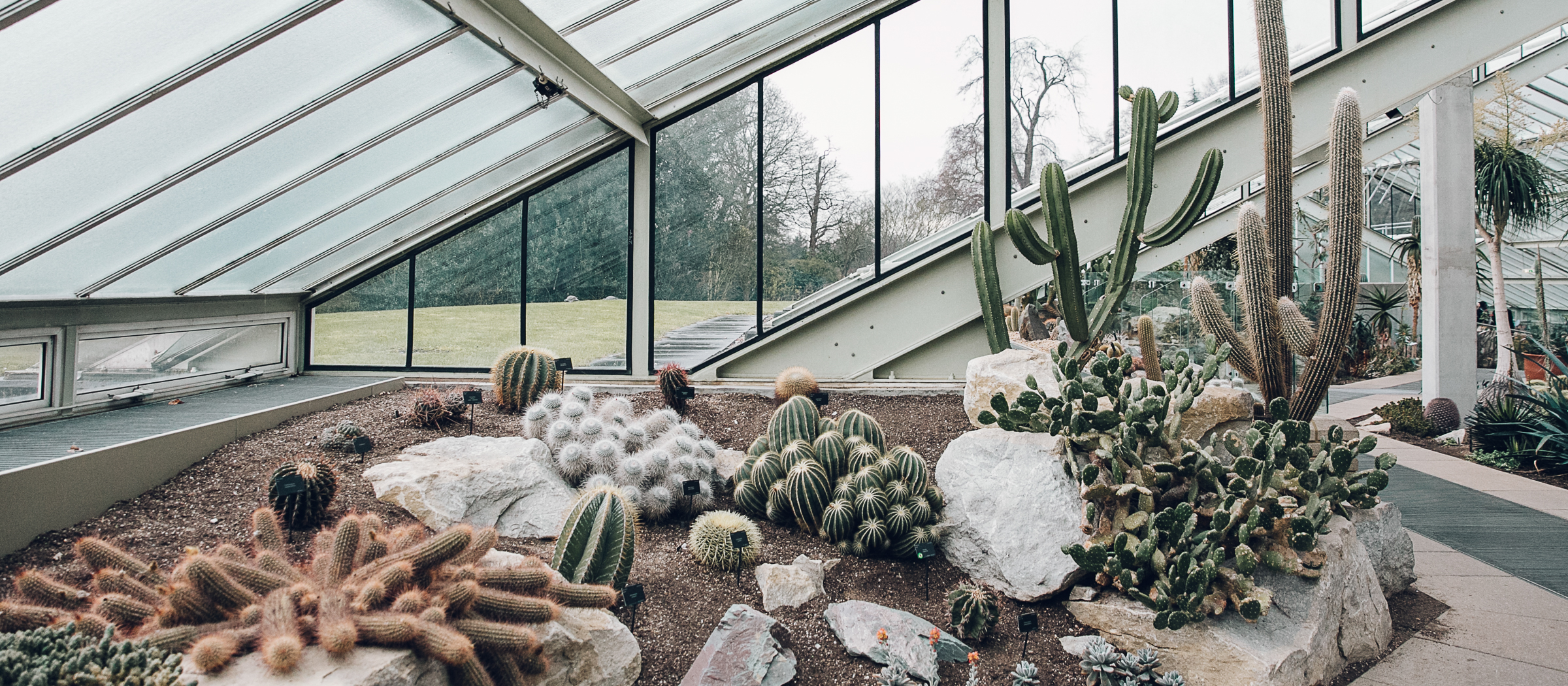Desert Abstractions by Design

- Words by
- David Godshall
- Images by
- David Godshall
The people of Southern California love to exclaim: “We live in a desert! Los Angeles is a desert!” Observing our aridity, they wonder: “Why is there so much grass here?”
I inevitably wince at these proclamations because, while it is true that there is too much grass here, the pedantic landscape practitioner in me thinks to myself: It’s really not a desert. To be a technical bore, most of Southern California has a dry, sub-tropical Mediterranean climate, with a hot, dry summer and a pleasant, mildly wet winter. As the song goes: “I’d be safe and warm…”
But the desert is geographically proximate to us, and it is ripe for our symbolic horticultural pillaging.
That is because plants that thrive in the desert — any desert of the world really — are generally quite happy anywhere in Southern California. Given our current and projected water resources (see: drought), planned desertification couldn’t be more appropriate for Southern California landscapes.
And the desert can mean many things!
When you hear the word, a few very elemental things may come to mind: sand, heat, sky, a great expanse. But beyond this elemental menu, the desert biome fluctuates wildly, in both geophysical and botanical terms. For example, on an hour’s drive from 29 Palms (San Bernardino County) to Palm Springs, one witnesses a tremendous visual metamorphosis of horticulture and geology, and this is within just one small range.

When we dream of the desert at Terremoto, we dream of many things: of rolling dunes and windswept grasses; of the Middle East’s proud ancient olives; of the twisted skeletons of Joshua Trees. And when we design, we distort and punch holes in these abstracted desert visions, shaping them to the logic of a given site, rationalising them with respect to the architecture and to our own aesthetic predilections.
We create desert gardens that refer only to our own arid reverie. A non-existent geography comes to exist; we invent a parched Pangea, a reality as unreal as the phantasmagorical desert.
If the idea of the desert is an elemental abstraction, and if our gardens riff abstractly on that very idea, we can think of them as double abstractions: hyper-deserts, braiding dream and geography like the twisting networks of cholla wood.
—
Terremoto Landscape’s website is here and you can also follow their work on Instagram.
Edited by Harris Feinsod.













